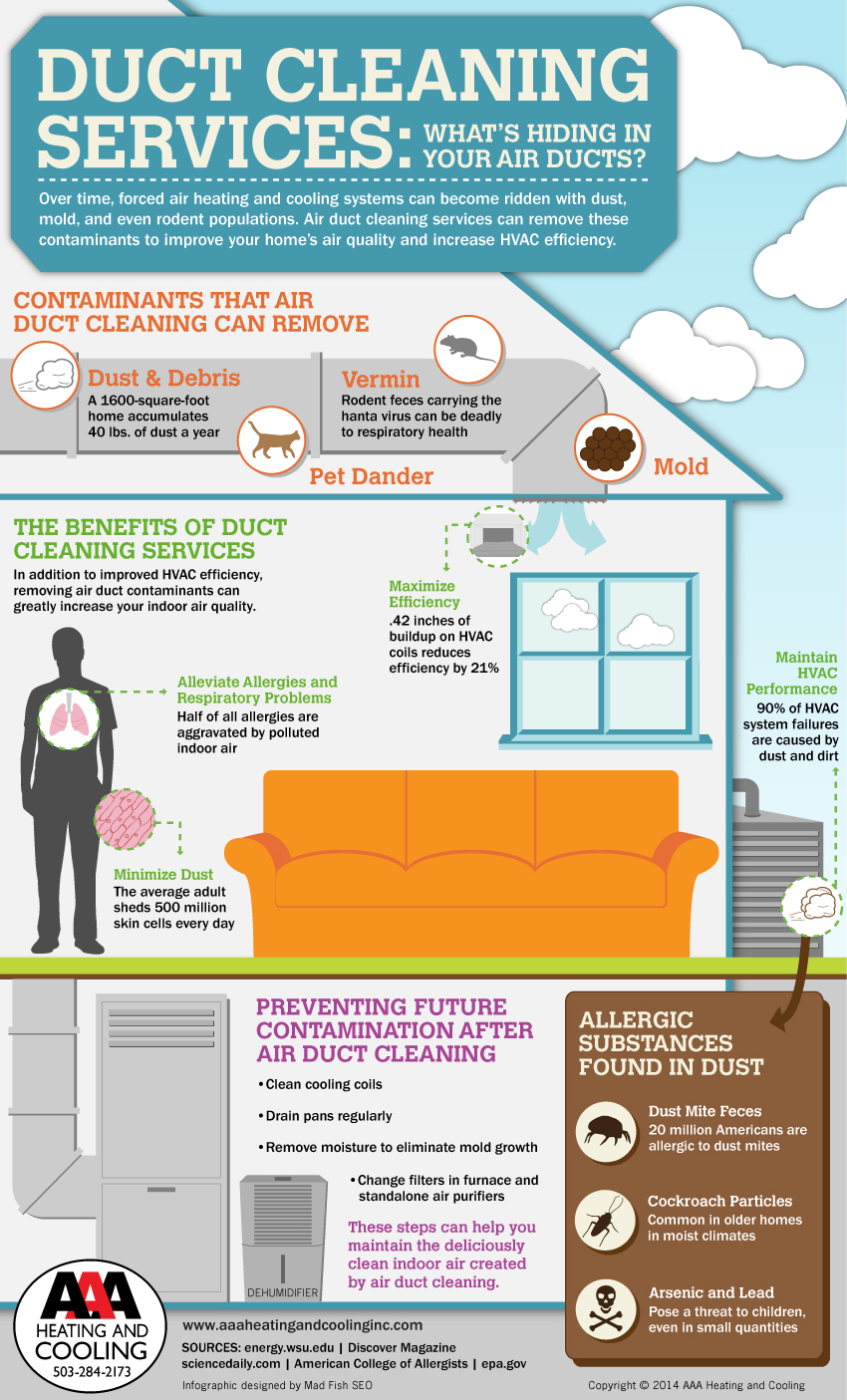The Future Of Home Home Heating - How Heatpump Modern Technology Is Developing
The Future Of Home Home Heating - How Heatpump Modern Technology Is Developing
Blog Article
Writer-Merritt Dominguez
Heatpump will be a crucial innovation for decarbonising home heating. In a circumstance consistent with federal governments' announced energy and environment commitments, their international ability increases by 2030, while their share in home heating rises to one-quarter.
They work best in well-insulated homes and rely on electrical energy, which can be provided from an eco-friendly power grid. Technical developments are making them a lot more reliable, smarter and cheaper.
Fuel Cells
Heatpump utilize a compressor, cooling agent, coils and followers to move the air and warm in homes and devices. They can be powered by solar power or electrical energy from the grid. They have actually been getting popularity as a result of their low cost, quiet operation and the ability to produce electrical power during peak power need.
Some business, like IdaTech and BG MicroGen, are servicing fuel cells for home heating. These microgenerators can replace a gas central heating boiler and create several of a residence's electric needs with a connection to the electrical energy grid for the remainder.
But there are reasons to be doubtful of using hydrogen for home heating, Rosenow states. It would certainly be costly and ineffective compared to other innovations, and it would certainly add to carbon emissions.
Smart and Connected Technologies
Smart home technology allows home owners to link and manage their gadgets from another location with the use of smartphone applications. For example, smart thermostats can learn your heating preferences and instantly adjust to optimize energy intake. Smart illumination systems can be regulated with voice commands and immediately shut off lights when you leave the space, minimizing power waste. And smart plugs can monitor and handle your electric use, enabling you to identify and restrict energy-hungry devices.
visit my homepage -savvy family portrayed in Carina's meeting is an excellent image of exactly how residents reconfigure space home heating methods in the light of new clever home technologies. They rely on the gadgets' automated functions to execute daily changes and regard them as a hassle-free means of conducting their heating methods. Because of this, they see no reason to adapt their methods further in order to allow flexibility in their home power need, and treatments focusing on doing so might deal with resistance from these households.
Electrical energy
Considering that warming homes represent 13% of US emissions, a switch to cleaner options might make a big distinction. But the innovation encounters obstacles: It's pricey and needs extensive home improvements. And it's not always suitable with renewable resource sources, such as solar and wind.
Until just recently, electrical heat pumps were too costly to compete with gas versions in most markets. However new innovations in design and products are making them more budget-friendly. And better cool climate performance is enabling them to work well also in subzero temperature levels.
The next action in decarbonising heating may be making use of heat networks, which attract heat from a central source, such as a neighboring river or sea inlet, and distribute it to a network of homes or buildings. That would minimize carbon discharges and allow households to take advantage of renewable energy, such as green electrical energy from a grid provided by renewables. This choice would be less costly than switching to hydrogen, a fossil fuel that needs new framework and would just minimize CO2 discharges by 5 percent if coupled with boosted home insulation.
Renewable resource
As electrical power rates drop, we're starting to see the same fad in home heating that has actually driven electrical vehicles right into the mainstream-- however at an even quicker rate. https://kevsbest.com/best-hvac-services-in-portland-or/ for electrifying homes has been pressed even more by new study.
Renewables make up a substantial share of contemporary warmth intake, yet have been offered minimal policy interest around the world compared to various other end-use fields-- and even much less focus than electrical power has. Partially, this shows a mix of consumer inertia, divided incentives and, in many nations, subsidies for nonrenewable fuel sources.
New innovations can make the change much easier. For instance, heatpump can be made more energy efficient by replacing old R-22 cooling agents with new ones that do not have the high GWPs of their predecessors. Some experts also picture district systems that draw warmth from a neighboring river or sea inlet, like a Norwegian fjord. The cozy water can then be made use of for heating & cooling in an area.